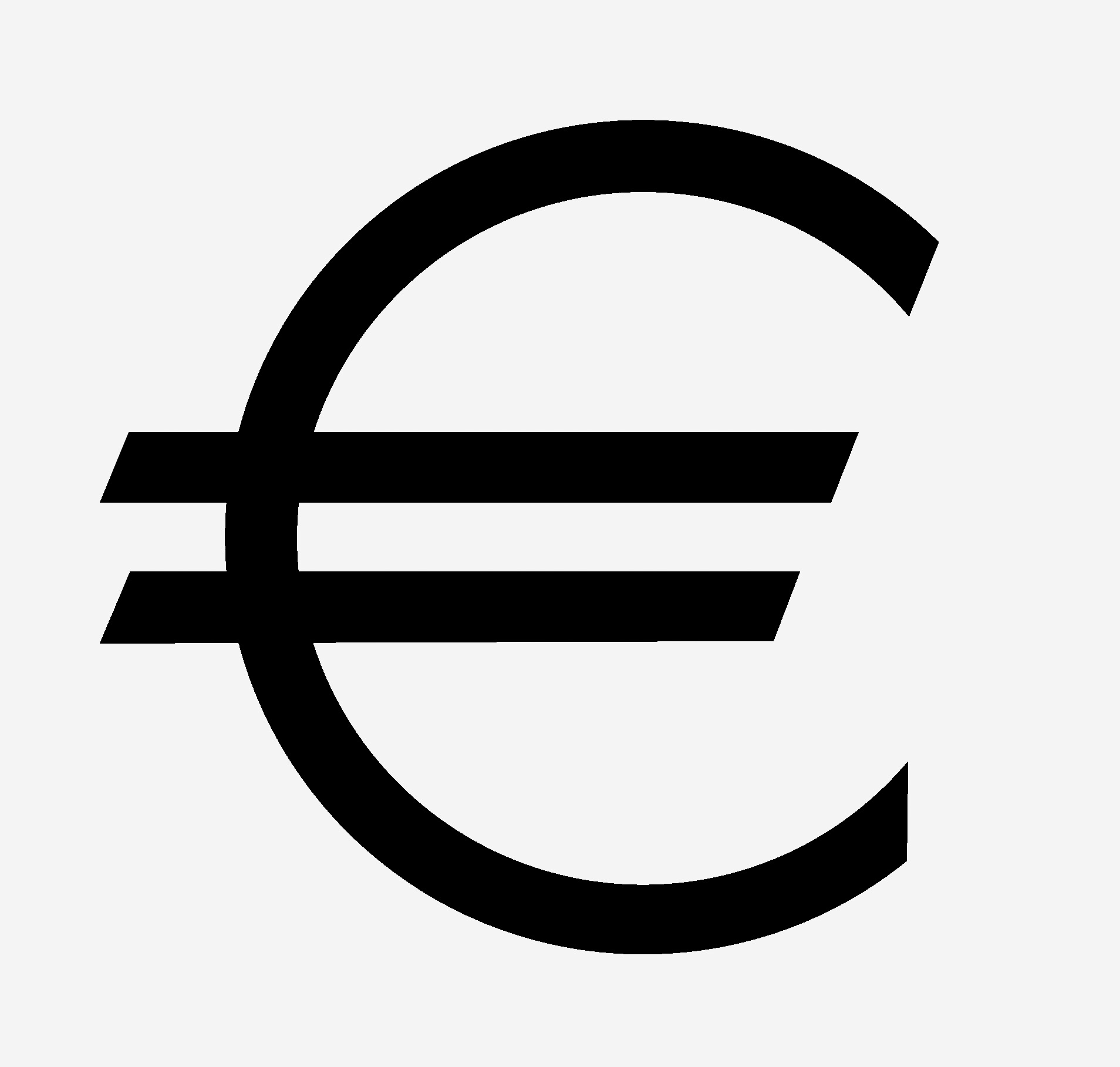The euro symbol (€) is one of the most recognized currency symbols in the world, representing the shared currency of the European Union. It stands as a symbol of economic unity, stability, and the vision of a borderless Europe. Whether you’re traveling across Europe, managing international finances, or simply curious about global currencies, understanding the euro symbol is essential. This article dives deep into the origins, design, and significance of the euro symbol, answering all your questions and providing insights that will enhance your knowledge.
From its inception in 1999 to its widespread adoption across 20 countries today, the euro symbol has become an integral part of global commerce. It’s not just a sign of monetary value; it also reflects the cultural and economic integration of Europe. But how did this iconic symbol come into existence? What makes it unique compared to other currency symbols? And why is it so important in today’s interconnected world?
By exploring the euro symbol’s history, design principles, and role in modern society, we aim to provide you with a complete understanding of its importance. Whether you're a student, a traveler, or a business professional, this guide will equip you with valuable insights into the euro symbol and its place in the global economy.
Read also:Shane Gillis Baby Girl
- What is the Euro Symbol?
- How Was the Euro Symbol Created?
- Why is the Euro Symbol So Important?
- What Makes the Euro Symbol Unique?
- How to Use the Euro Symbol in Digital Platforms?
- Can the Euro Symbol Be Used Outside Europe?
- Interesting Facts About the Euro Symbol
- How to Type the Euro Symbol on Different Devices?
- What Are the Common Misconceptions About the Euro Symbol?
- Conclusion: The Future of the Euro Symbol
What is the Euro Symbol?
The euro symbol (€) is the official sign for the euro, the currency used by 20 of the 27 European Union member states. It was introduced in 1999 as part of the eurozone’s transition to a single currency system. The symbol itself is a stylized "E," representing both the Greek letter epsilon—a nod to Europe's classical heritage—and the first letter of the word "Europe."
The euro symbol is more than just a visual representation of money. It embodies the ideals of unity, cooperation, and economic stability that the European Union strives to achieve. Its design is simple yet distinctive, making it easy to recognize and use in various contexts, from printed documents to digital platforms.
How Was the Euro Symbol Created?
The creation of the euro symbol was a meticulous process involving designers, economists, and policymakers. The goal was to create a symbol that was both visually appealing and functional for widespread use. The final design was unveiled in December 1996, three years before the euro currency officially entered circulation.
Who Designed the Euro Symbol?
The euro symbol was designed by a team led by Arthur Eisenmenger, a graphic designer working for the European Commission. Eisenmenger’s design was chosen from several proposals due to its simplicity, elegance, and ability to convey the essence of Europe.
What Inspired the Design of the Euro Symbol?
The design of the euro symbol draws inspiration from multiple sources. The "E" shape is derived from the Greek letter epsilon, symbolizing Europe's ancient roots. The parallel lines crossing the "E" represent stability and balance, reflecting the eurozone's commitment to economic harmony.
Why is the Euro Symbol So Important?
The euro symbol plays a crucial role in global finance and trade. As the second most traded currency after the US dollar, the euro is a key player in international markets. The euro symbol serves as a universal identifier for this currency, facilitating transactions and communication across borders.
Read also:Latest Kannada Movies 2023 Movierulz Downloads
How Does the Euro Symbol Promote Economic Unity?
By providing a single, unified symbol for the euro, the European Union reinforces the idea of economic integration. The euro symbol is a constant reminder of the shared goals and values of the eurozone countries, fostering a sense of unity among diverse nations.
What Makes the Euro Symbol Unique?
Unlike other currency symbols, the euro symbol is instantly recognizable and deeply symbolic. Its design incorporates elements of European history and culture, making it more than just a monetary sign. The euro symbol is also versatile, appearing in various formats, from banknotes to digital icons.
How Does the Euro Symbol Compare to Other Currency Symbols?
When compared to symbols like the dollar ($) or pound (£), the euro symbol stands out for its clean lines and balanced proportions. While the dollar and pound symbols have historical ties to specific nations, the euro symbol transcends national boundaries, representing a collective vision of Europe.
How to Use the Euro Symbol in Digital Platforms?
In today’s digital age, the euro symbol is frequently used in emails, spreadsheets, and online transactions. To ensure proper usage, it’s important to understand how to type and display the euro symbol on different devices and platforms.
How to Type the Euro Symbol on Windows and Mac?
- On Windows: Press
Alt + 0128using the numeric keypad. - On Mac: Press
Option + Shift + 2.
What Are the Best Practices for Using the Euro Symbol Online?
When using the euro symbol in web content, always ensure it displays correctly across browsers and devices. Use Unicode (U+20AC) for consistent rendering, and avoid substituting it with similar-looking characters.
Can the Euro Symbol Be Used Outside Europe?
While the euro symbol is primarily associated with European countries, it is also used in international trade and finance. Many businesses and organizations outside Europe use the euro symbol to denote transactions involving the euro currency.
Why Do Non-European Countries Use the Euro Symbol?
Non-European countries may use the euro symbol when dealing with euro-denominated goods, services, or investments. This practice highlights the euro’s global influence and its role as a reserve currency.
Interesting Facts About the Euro Symbol
- The euro symbol is included in Unicode, ensuring its compatibility with digital systems worldwide.
- It is one of the few currency symbols that can be typed using a keyboard shortcut on most devices.
- The euro symbol appears on euro banknotes but not on coins.
How to Type the Euro Symbol on Different Devices?
Typing the euro symbol can vary depending on the device you’re using. Here are some methods for popular platforms:
How to Insert the Euro Symbol on Mobile Phones?
- On Android: Long-press the dollar ($) symbol on the keyboard.
- On iPhone: Tap and hold the dollar ($) symbol to reveal the euro (€) option.
What Are Some Alternative Ways to Display the Euro Symbol?
If you’re unable to type the euro symbol directly, you can use alternatives like "EUR" or "euro" to indicate the currency. However, these substitutes lack the visual impact of the actual euro symbol.
What Are the Common Misconceptions About the Euro Symbol?
Despite its widespread use, there are several misconceptions about the euro symbol. One common myth is that it was designed by a single individual, when in fact, it was a collaborative effort. Another misconception is that the euro symbol is exclusive to European Union members, even though it is used globally in various contexts.
Why Do People Confuse the Euro Symbol with Other Symbols?
Some people mistakenly confuse the euro symbol with the capital letter "C" with a bar, which resembles the cent symbol (¢). This confusion often arises due to the similar appearance of these characters.
Conclusion: The Future of the Euro Symbol
The euro symbol (€) continues to be a powerful emblem of economic unity and global influence. As the eurozone evolves and expands, the euro symbol will remain a cornerstone of European identity. Whether you’re using it in daily transactions or studying its historical significance, the euro symbol is a testament to the enduring spirit of collaboration and progress.

